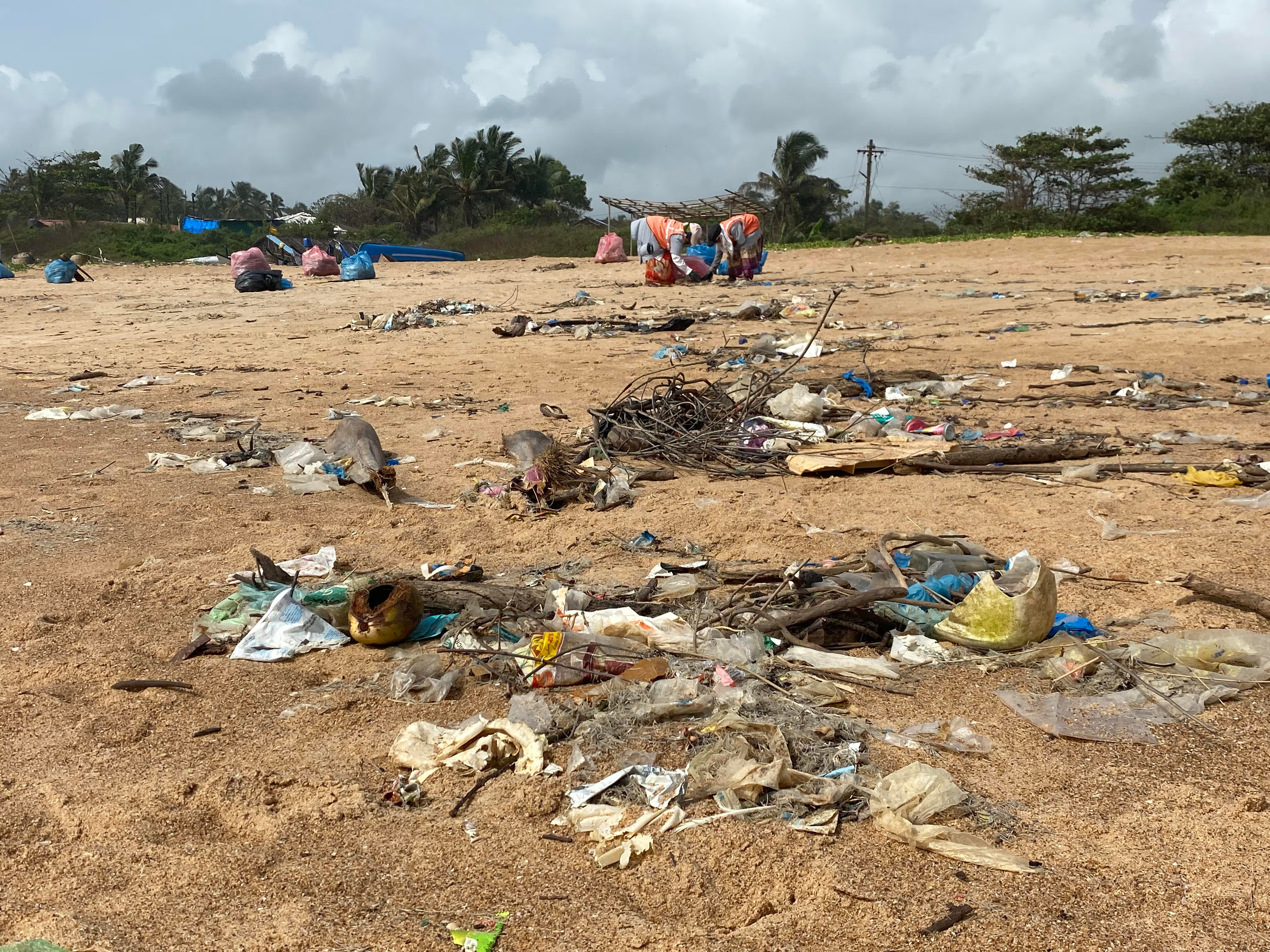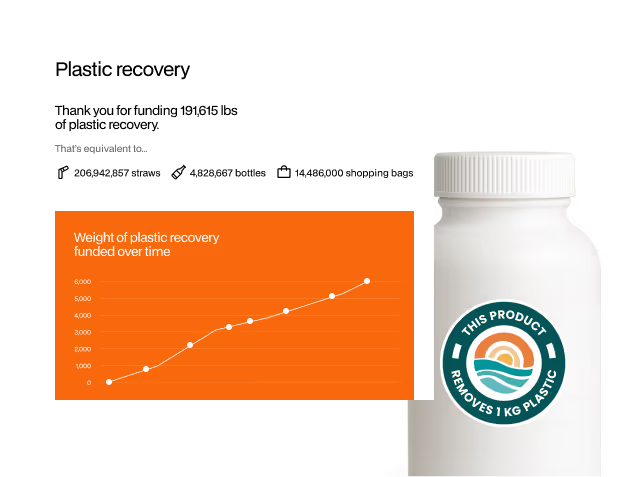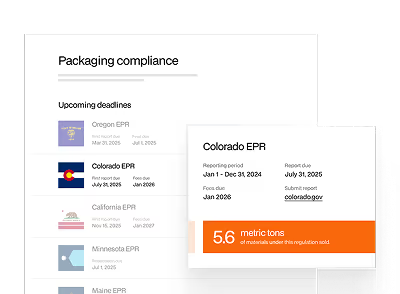Adam Neumann, former CEO of WeWork, is back in action with a brand new concept. His climate tech startup, Flowcarbon, just got backed by a consortium of VCs to the tune of $70 million earlier last month. The idea? Revolutionize the carbon offset market by putting it on the blockchain.
Joining the likes of KlimaDAO, Toucan, and Moss.Earth, Neumann’s company is presenting itself as the antithesis of a murky voluntary carbon market characterized by offline exchange processes that lack sufficient accessibility. And almost immediately, and seemingly in reaction, Verra, the world’s largest offset registry of carbon credits, announced it would ban the conversion of its credits into crypto tokens entirely until further notice.
When I read up on this whole saga, I didn’t know how I was supposed to feel. As someone who’s passionate about enabling radical climate action, I should have found myself excited about this potential upending of a legacy environmental finance ecosystem. After all, crypto has promised to disrupt so many other industries, from international remittances and regulatory compliance to real estate and digital art — why wouldn’t it find another home in the climate movement?
Unfortunately, the reality is far from what’s being pitched by Neumann & Co. Let’s dive in.
Laying out the facts.
Blockchain can be, of course, a good thing in and of itself. For those less familiar with the concept, blockchain essentially acts as a secure ledger of activity.
This means that each new action or input that is stored on the chain (in a ‘block’) needs to ‘fit’ with existing blocks (in a ‘chain’), and this fit has to be confirmed across all decentralized versions of the ledger. As a result, the technology enables the creation of immutable records, safe from any one actor who might want to change or cheat the system.
Now, apply that to the case of Flowcarbon. Its model involves retiring carbon credits from offset registries and then placing them on-chain in the form of a new token. As tokens, the carbon credits would be stored publicly, and could be bought and traded like other crypto assets.
Crypto-based carbon offsets, in a nutshell:
- Step 1: Buy and retire carbon credits (e.g. from Verra, Gold Standard)
- Step 2: Put these credits on a blockchain
- Step 3: Enable further trading of those credits in digital wallets
The underlying ideology of Flowcarbon and similar competitors is that, as a result of the digitization and tokenization of carbon offsets, crypto will somehow enable growth of the offset market, inspire more accountability from actors, and accelerate innovation in climate finance at large.
Garbage In, Garbage Out.
The bottom line is that despite the appearance of using crypto to digitize an otherwise illiquid market, blockchain, being a mere data storage tool, has absolutely zero impact in improving the quality of the underlying assets it’s storing. In data science, we call this Garbage in, Garbage Out (“GIGO”), meaning that flawed input data will always produce flawed output data.
This is particularly relevant in carbon offsetting, as the credits underpinning the market often do not result in additional environmental benefit. It is well documented that, for example, many forest carbon sequestration projects have simply no way of proving that — without the offset financing — there would have been rapid deforestation in those areas otherwise (i.e. no ‘additionality’).
In some cases, tens of millions of dollars are generated this way by conservation non-profits who had protected and owned these forests in question for decades already, with absolutely no intention in ever cutting those trees down in the first place. In other words, there is no valid justification as to how that financing would have any quantifiable impact on carbon reduction at all.
Simply said, putting carbon offsets onto a blockchain does not make them any better or worse. A poignant parallel would be the lead-up to the 2008 financial crisis, where bundling up bad mortgage loans into so-called Collateralized Debt Obligations gave them better credit ratings, but did not make those individual loans any better. And that time, the world learned it the hard way.
A further issue is that offsets are fundamentally meant for one-time use; not held and traded like actual financial assets. They are essentially proof of emissions reduction, and once an individual or business has purchased them, that proof expires instantly to avoid any double counting. Trading offsets through a digital wallet instead of simply retiring them has zero environmental benefit: it reminds me of a ponzi scheme, disguised as transparency.
Blockchain ≠ Trust
I can’t count the number of times our team has been asked if we use blockchain to verify the impact of our plastic removal projects at rePurpose Global. And I 100% empathize with that curiosity — brands are always seeking tools and mental heuristics that help them evaluate climate solutions and gain trust in them.
However, blockchain has very little influence, if at all, on verification of environmental or social impact. And that’s because the vast majority of data integrity risks in these cases do not originate from malicious actors attempting to compromise small-scale databases belonging to social enterprises. Instead, they mostly come from on-the-ground human errors that blockchain, or any other software for that matter, has simply no ability to prevent.
As a result, effective impact verification processes require a 100% human-first approach, rigorous chain-of-custody processes, and consistent on-the-ground presence across the entire value chain. But of course, uttering the words “we use blockchain” on a sales call is simply better for business — it saves time, avoids the headache, and wins folks over in one fell swoop. Win-win, am I right?
Jokes aside, take a look at how we holistically approach impact verification at rePurpose Global, as a case study:
1. Localized planning:
We create bespoke impact verification plans for each project, following stringent guardrails set by our Impact Code and Plastic Credit Protocol.
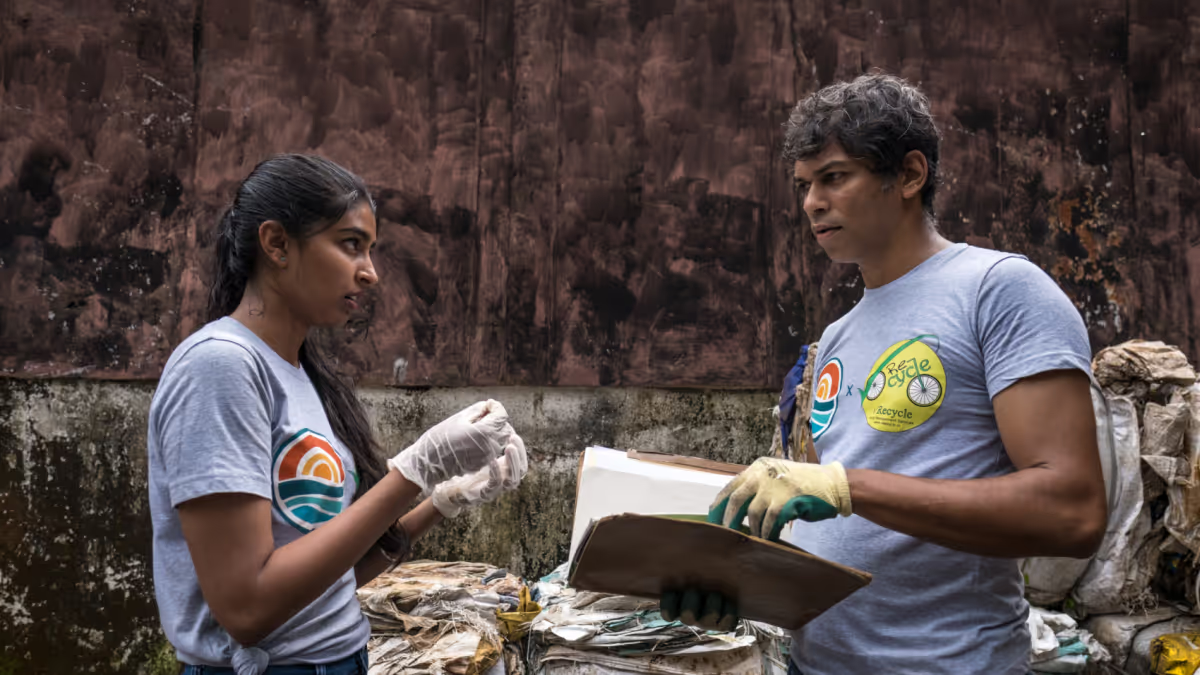
2. Enforcing high standards:
On-ground teams are given in-person, continuous technical assistance and software solutions to enable recording and uploading of impact data across the waste value chain.

3. Rigorous data validation:
All chain-of-custody documentation, such as waste procurement receipts, transport logs, and end-of-life certificates, are stored on our reTrace platform, as well as manually examined to detect and prevent fraud.
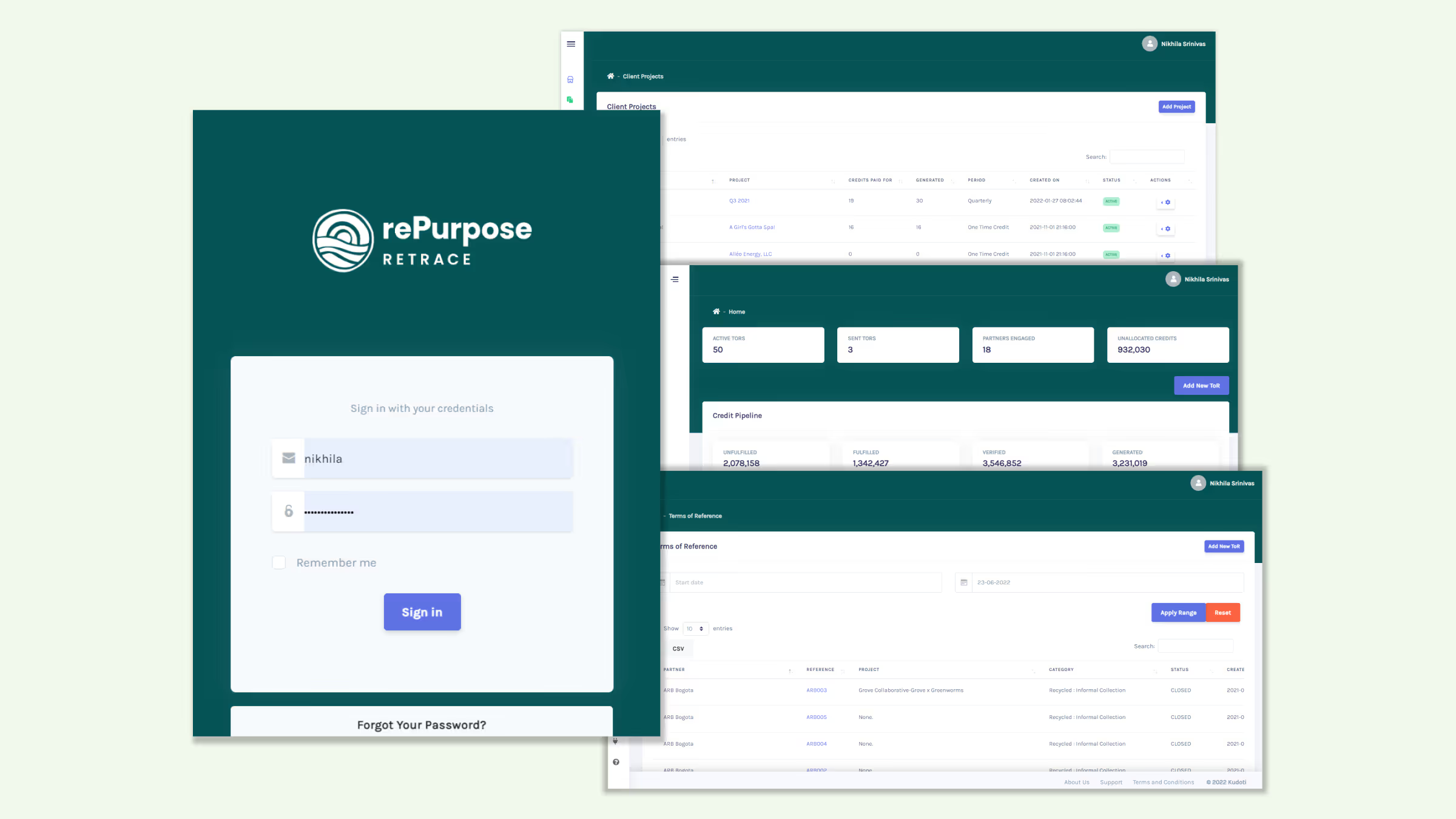
This human-centered approach doesn’t mean we are Luddites with our heads in the sand either. We are also exploring how blockchain technology can be beneficial beyond our existing data storage systems at rePurpose Global, and there are some promising developments in this area at large.
For example, the Cambridge Centre for Carbon Credits is building a blockchain-based solution for carbon offsets. Their focus is on using satellite imagery and remote sensing technology to monitor climate finance projects around the world. The results are recorded on the blockchain and provide a clear use case for where software can add value in impact verification.
Unfortunately, these use cases are few and far between. And ultimately, the blockchain gold rush and the “tech-washing” that comes with it does a bloody good job in distracting us and pulling attention & resources away from the human investments that are actually needed to better verify data across impact supply chains.
Make climate action fun again?
I’ll be the first to tell you that climate action can be a tad tedious sometimes. Just look at how a small business would go about going carbon neutral today — you have to dig deep in your files and try to calculate your scope 1+2 emissions, find the right brokers and compare the prices over email, and pay for it all through bank transfer. Let’s be honest, it’s all a bit dry and technical, isn’t it?
And contrast that to the ambitions of players like Flowcarbon who aim to slap on a slick UI to this entire process. Imagine this instead: go to your existing crypto wallet app on your iPhone, enjoy nicely produced videos to compare the carbon reduction projects, tick one of them, and Apple Pay for those credits. Boom. Done.
Let’s face it — the crypto community has the potential to introduce hundreds of millions of people, who would have otherwise not given enough of a damn to do something tangible about climate change, the opportunity to start solving the world’s most pressing issue, with almost zero mental friction.
Take KlimaDAO, one of Flowcarbon’s competitors, as a prime example for this. They have an anonymous Discord server (imagine a publically available Slack workspace) that has over 30,000 people discussing carbon offsets – in 10 languages. When I saw people debating the pros and cons of carbon offset blockchain protocols in Mandarin (my mother tongue), I couldn’t help but feel a sense of optimism that climate action could become fun again.
What’s the takeaway? Embedding the climate discourse into the cultural zeitgeist can bring unconventional audiences onboard the bandwagon. After all, there’s a lot we in the sustainability movement can learn from crypto in how it has achieved viral adoption in a span of just a few years.
Conclusion: every climate dollar matters:
In the early days of building rePurpose Global, when my co-founders and I were just out of school and money was scarce, we volunteered at industry events to learn from them for free and crashed on friends’ couches to travel and pursue networking opportunities. At that point, every dollar saved meant a tiny bit more cash runway to continue building out our vision for a global platform on the intersection of planet, purpose, and profit.
With 250 brand partners, 60 full-time team members, and rePurpose Impact Projects across three continents later, we are a step closer towards our original ambition. Yet, those early experiences still shape every strategic step we take as founders because we know how scarce resources are for environmental causes and that every single climate dollar matters.
My takeaway from this entire saga is therefore this: while crypto could make it easier for folks to start taking climate action, it would be a shame for this trend to actually influence decision making and divert already limited financial resources away from improving the quality of existing solutions, scaling them, or creating new innovations that meaningfully contribute to preserving our planet.
I don’t know how the $70M that Flowcarbon bagged from VCs will be spent, but what I do know is this: with that amount of money, rePurpose Global could build the ocean plastic waste prevention infrastructure sufficient for a population equivalent to the entire island nation of Madagascar and support the livelihoods of hundreds of thousands of waste workers, and provide hundreds of millions of pounds of recyclate that will drive the circular economy forward.
What will Adam Neumann do with 70 million dollars? The world will be watching from the front row.
Here’s what inspired me.
How we create impact at rePurpose.
We are proud to be setting the industry gold standard on reducing plastic waste in nature, creating change inclusive of communities, and verifying impact across the world.
Read more.
A scam within a scam.
A sharp warning from Vox journalist Neel Dhanesha on the dangers of commodifying nature, and why crypto won’t fix climate change.
Read more.
An introduction to blockchain.
Just in case you were scared to ask! Forbes explains the much-vaunted database technology at the heart of cryptocurrencies, and discusses its potential.



.avif)
